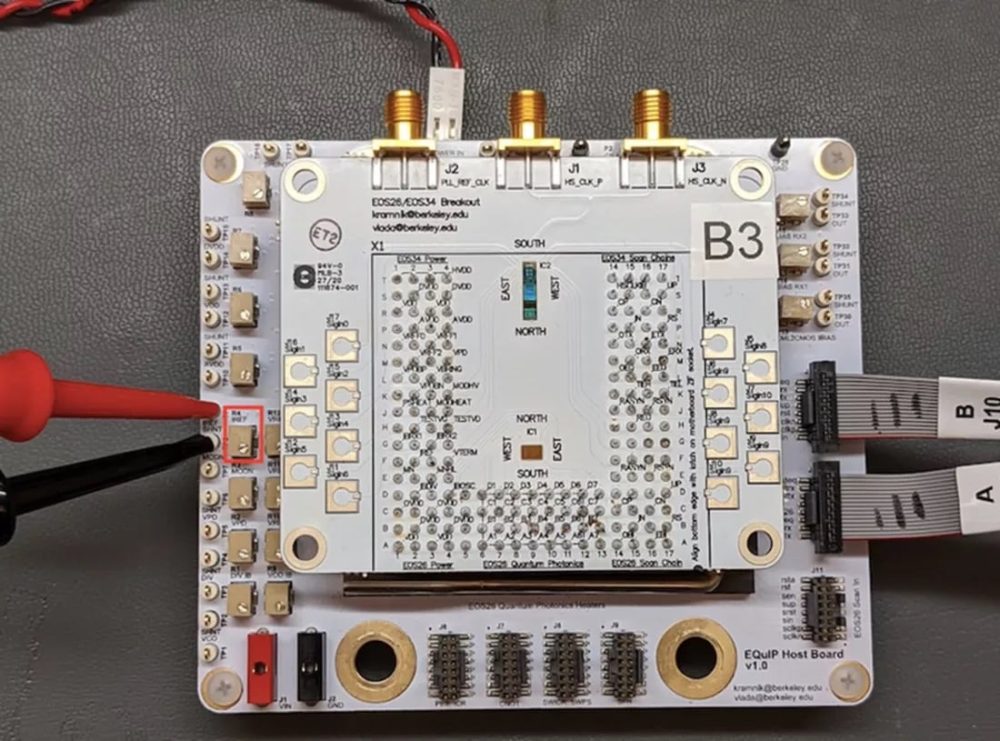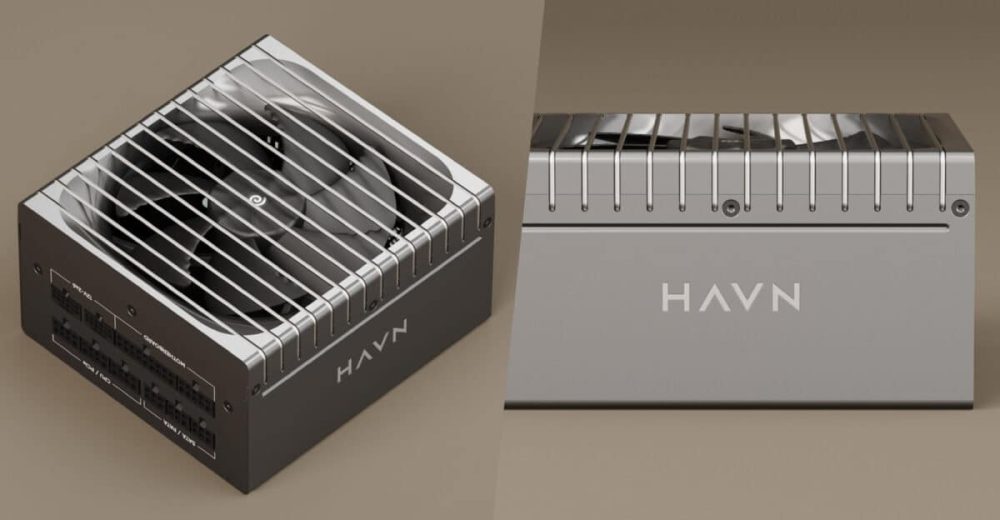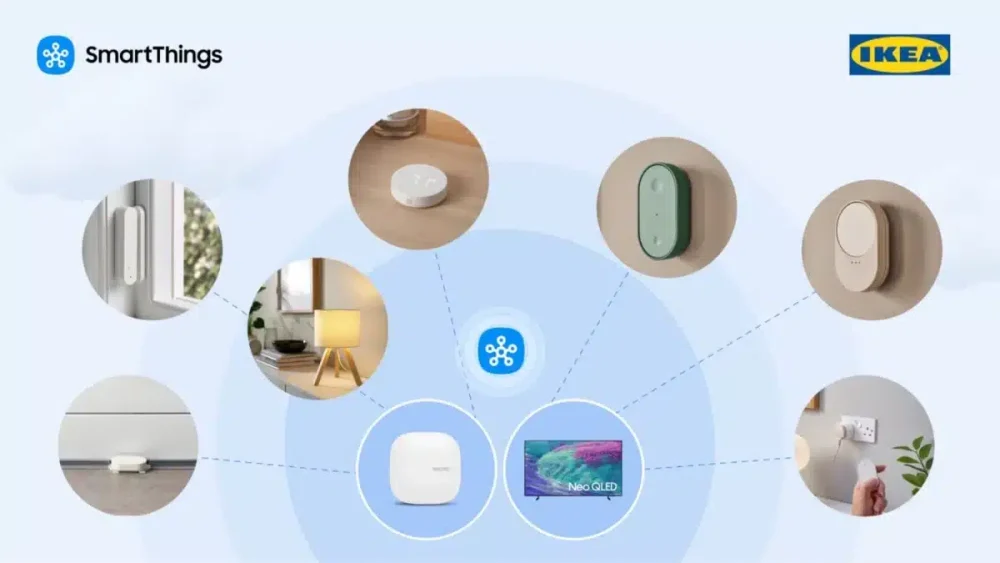From AI to quantum reality, the future just shrank onto a chip. In a landmark achievement, researchers from Boston University, UC Berkeley, and Northwestern University have developed the first-ever semiconductor chip to seamlessly combine electronic, photonic, and quantum components. This isn’t just a proof of concept; it’s a mass-producible platform that could become the heart of future quantum computers, unhackable communication systems, and ultra-sensitive sensors.
Published in Nature Electronics, the new chip is built using standard 45-nanometer CMOS technology, the same industrial process behind today’s smartphones and processors. That’s a huge deal. This means that this quantum breakthrough is no longer limited to academic labs; it’s ready for the factory floor.
From Quantum Dreams To Silicon Reality
Until now, quantum devices were fragile, expensive, and built mainly by hand. However, the new chip integrates all the necessary components to generate and stabilize quantum light, or entangled photons, a crucial ingredient for nearly every type of quantum technology.
At the heart of the chip are microring resonators, tiny donut-shaped structures that generate pairs of entangled photons when excited by a laser. These “quantum light factories” are smaller than a grain of rice, but their performance is famously sensitive to heat and tiny variations during manufacturing.
That’s where the magic of integration comes in. The chip includes on-board sensors, heaters, and logic circuits that automatically keep each microring in tune, even if temperatures shift or other quantum sources on the same chip interfere. The result? Stable, synchronized quantum light on demand, all from a sliver of silicon.
“What excites me most is that we embedded the control directly on-chip—stabilizing a quantum process in real time,” said Anirudh Ramesh, a PhD student at Northwestern who led the quantum measurements.
Building A Scalable Quantum Platform
The researchers didn’t just build one quantum light source; they built twelve, all working in parallel on the same chip, each one automatically tuned and stabilized by feedback systems. These sources are monitored by on-chip photodiodes that track alignment with the laser input and are corrected in real time by micro-heaters and integrated logic.
In simpler terms: the chip constantly watches and fixes itself, like an orchestra of laser-fed instruments that self-tune as they play, no conductor needed.
This built-in stability is crucial to making scalable, modular quantum systems. By mass-producing arrays of quantum light factories on CMOS chips, we move closer to building complex systems composed of many interconnected chips, each handling part of a quantum workload.
“Our goal was to show that complex quantum photonic systems can be built and stabilized entirely within a CMOS chip,” said Daniel Kramnik, a PhD student at UC Berkeley who led the chip’s integration.
Quantum At Scale
By relying on CMOS fabrication, the chip was built in partnership with GlobalFoundries and Ayar Labs, the optical interconnect startup born from research at Berkeley and BU. The same platform used to build optical data links for AI supercomputers now doubles as a foundation for quantum computing.
This opens a new chapter in silicon photonics: quantum chips that scale similarly to classical ones.
“Quantum computing, communication, and sensing are on a decades-long path from concept to reality,” said Boston University professor Miloš Popović. “This is a small step on that path, but an important one, because it shows we can build repeatable, controllable quantum systems in commercial semiconductor foundries.”
AI, Optics, And Quantum, All In One Chip?
Interestingly, the identical microring resonators featured in this chip are also central to Nvidia’s vision of optical interconnects for AI compute clusters. As systems get faster, hotter, and hungrier for bandwidth, companies like Nvidia and Ayar Labs are investing heavily in moving data with light.
Now, the same hardware and fabrication method are generating quantum light, too.
The overlap isn’t accidental. Silicon photonics is becoming a universal playground where classical computing, high-speed optics, and quantum technologies collide. As researchers build more complex systems on this shared platform, the line between conventional and quantum chips begins to blur.
A Growing Quantum Talent Pipeline
The project’s success also marks a milestone in building the quantum workforce of tomorrow. Several students involved have since moved to top startups and labs, including PsiQuantum, Ayar Labs, Aurora, and Google X.
These transitions reflect the growing momentum behind chip-based quantum technologies, not as science fiction, but as the next phase of real-world infrastructure.
Final Word
This hybrid chip doesn’t just combine technologies. It combines eras. From vacuum tubes to transistors to integrated circuits, computing has always been about shrinking complexity onto chips. This time, we’re shrinking quantum physics.


